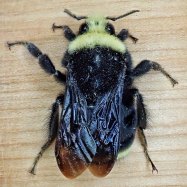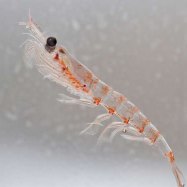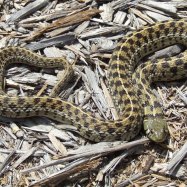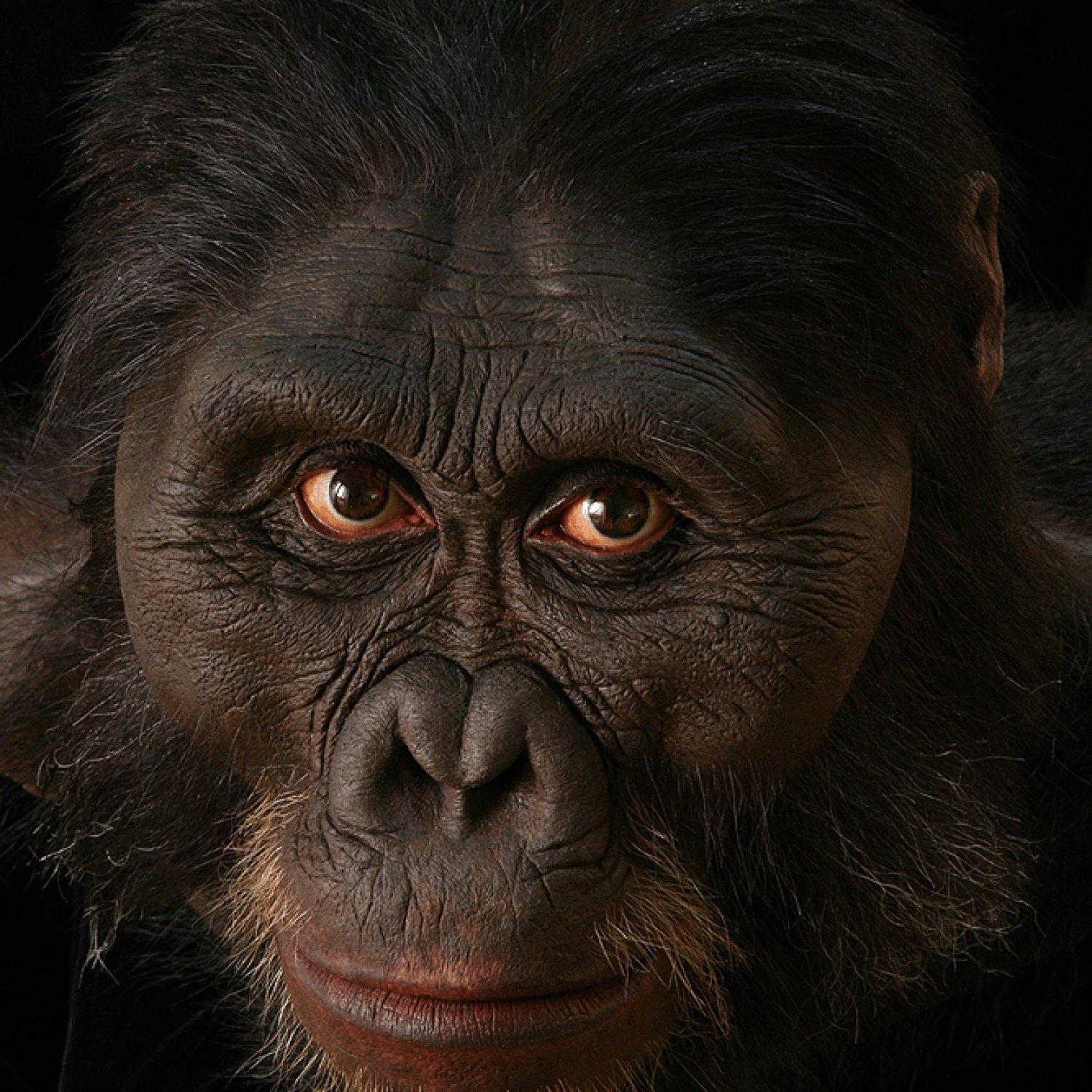
Australopithecus
3-4 feet
Australopithecus, also known as Lucy, is an extinct hominid species that roamed the lands of Africa over 3 million years ago. Standing at only 3-4 feet tall, this bipedal creature is believed to be the bridge between apes and modern humans. Lucy's discovery has revolutionized our understanding of human evolution and showcases the diversity of life on Earth. #Australopithecus #Lucy #HumanEvolution #Africa
Animal Details Summary:
Common Name: Australopithecus
Kingdom: Animalia
Habitat: Woodlands and grasslands
The Ancient Human: Exploring the Story of Australopithecus
Human beings are a unique species that have inhabited the Earth for millions of years. Over the course of history, we have evolved and adapted to survive in various environments, from the harsh icy tundras to the scorching deserts. However, our journey as a species dates back even further, to the time when humans first emerged in Africa. And at the heart of this evolutionary story lies a fascinating ancestor - Australopithecus Australopithecus.Australopithecus, whose name means "southern ape," was an early human species that lived in Eastern and Southern Africa around 4-2 million years ago. They were among the first known apes to walk upright on two legs, making them a crucial species in human evolution. In this article, we will explore the story of Australopithecus, unraveling its unique features, habitat, and contribution to the development of humankind.
The Discovery of Australopithecus
The first traces of Australopithecus were discovered in 1924 by Raymond Dart, a paleoanthropologist, who found a fossil skull in the Taung limestone quarry in South Africa. This fossil, known as the Taung Child, was initially believed to be a new species of baboon. However, upon further examination, it was identified as the earliest and most complete fossil of the genus Australopithecus.Since then, several other fossils of Australopithecus have been discovered in countries such as Ethiopia, Tanzania, Kenya, and South Africa. These fossils have provided significant insights into the morphology, behavior, and lifestyle of this ancient human species.
Physical Characteristics
Australopithecus had a unique combination of ape-like and human-like features African Sugarcane Borer. Their skeleton, dentition, and brain size were intermediate between those of apes and modern humans. They had a relatively small brain, with an estimated volume of 400-500 cubic centimeters, compared to the average human brain of about 1400 cubic centimeters.One of the most distinctive features of Australopithecus was its bipedalism, or the ability to walk on two legs. Their pelvic bone structure, spinal curvature, and leg proportions were similar to that of modern humans, suggesting that they were fully capable of walking on two legs. This bipedal locomotion was crucial in their ability to travel long distances, carry food, and free their hands to use tools.
Australopithecus also had a varied diet, ranging from fruits, seeds, and nuts to insects, small animals, and even scavenged meat. This omnivorous feeding method was supported by their ape-like dentition, with large canines for tearing raw meat, and flat molars for grinding and crushing.
Habitat and Distribution
Australopithecus inhabited a diverse range of habitats, including woodlands, savannas, and grasslands. These environments provided them with abundant food sources, opportunities for socialization and protection from predators. They were mostly found in Eastern and Southern Africa, with fossils discovered in countries such as Ethiopia, Tanzania, Kenya, and South Africa.During their time, the Earth's climate was changing, with temperatures becoming cooler and the overall landscape becoming drier. This led to the decline of forests and the spread of open grassland, providing an ideal habitat for Australopithecus to thrive in.
Contributions to Human Evolution
Australopithecus is widely considered a key ancestor and a crucial stepping stone in the evolution of modern humans. Their bipedalism, omnivorous diet, and relatively small brains were significant adaptations that paved the way for the development of other human species.One of the most notable contributions of Australopithecus was the development and use of tools. While they may not have been as advanced as the later tool-making species such as Homo habilis and Homo erectus, they were thought to use simple tools made of stone and wood. This was evidence of their cognitive abilities and intelligence, and it allowed them to adapt and survive in their changing environment.
Australopithecus also played a crucial role in shaping human social behavior. They lived in groups and had complex social structures, similar to modern-day primates. This meant they had to communicate, cooperate, and care for their young, which may have laid the foundation for the social behaviors we see in humans today.
Current Conservation Status
Unfortunately, there are no living Australopithecus left today, as they went extinct around 2 million years ago. However, their legacy lives on as their descendants - Homo sapiens - continue to thrive and evolve.Despite their extinction, Australopithecus and other ancient human species have taught us valuable lessons about our origins, helping us understand where we come from and how we have become the dominant species on Earth.
In Conclusion
The story of Australopithecus is a testament to the incredible journey of human evolution. This ancient human species, with its unique physical features, varied diet, and ability to adapt, played a crucial role in our development as a species.As we continue to evolve and thrive, let us not forget our humble beginnings and the remarkable ancestors that paved the way for us. Australopithecus may no longer be among us, but their legacy remains forever etched in the pages of our history.

Australopithecus
Animal Details Australopithecus - Scientific Name: Australopithecus
- Category: Animals A
- Scientific Name: Australopithecus
- Common Name: Australopithecus
- Kingdom: Animalia
- Phylum: Chordata
- Class: Mammalia
- Order: Primates
- Family: Hominidae
- Habitat: Woodlands and grasslands
- Feeding Method: Omnivorous
- Geographical Distribution: Eastern and Southern Africa
- Country of Origin: Ethiopia, Tanzania, Kenya, South Africa
- Location: Africa
- Animal Coloration: Varied
- Body Shape: Bipedal
- Length: 3-4 feet
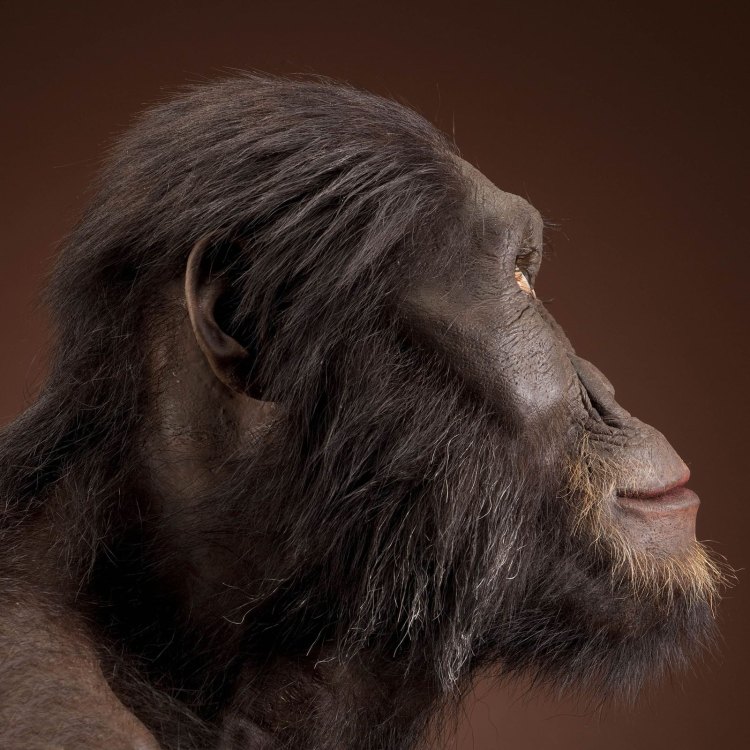
Australopithecus
- Adult Size: Similar to modern humans
- Average Lifespan: 20-30 years
- Reproduction: Sexual
- Reproductive Behavior: Mating and pregnancy
- Sound or Call: Unknown
- Migration Pattern: Unknown
- Social Groups: Small social groups
- Behavior: Bipedal locomotion, tool use
- Threats: Extinct
- Conservation Status: Extinct
- Impact on Ecosystem: Unknown
- Human Use: None
- Distinctive Features: Upright posture, small brain size
- Interesting Facts: Australopithecus is an extinct genus of hominins. They are considered one of our early human ancestors.
- Predator: Unknown
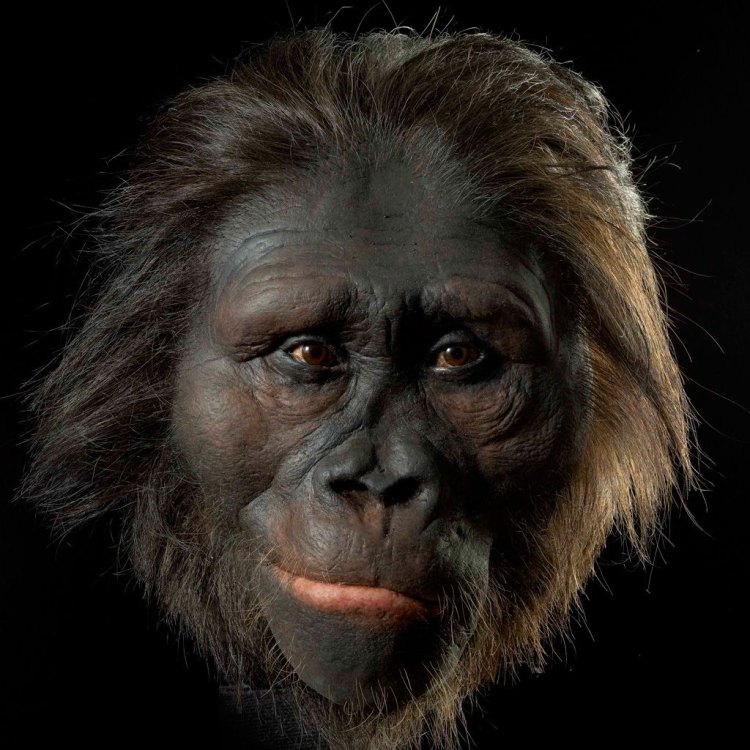
Australopithecus
The Fascinating Story of Australopithecus: Our Ancestral Relative
Have you ever wondered about the origin of humans? The evolution of humans is a complex and fascinating topic that has intrigued scientists and researchers for centuries. Our journey from ape-like creatures to modern humans is full of twists and turns, with many species coming and going over millions of years. One such species, Australopithecus, plays a crucial role in understanding our evolutionary history.Australopithecus, meaning "southern ape," is a genus of hominins that lived in Africa between 4 PeaceOfAnimals.Com.2 and 1.9 million years ago. They were one of our early human ancestors, and studying their morphology and behaviors has greatly contributed to our understanding of human evolution. In this article, we will delve into the fascinating story of Australopithecus, exploring their physical traits, behavior, habitat, and impact on the ecosystem.
Anatomy and Physical Traits
Australopithecus was a relatively small primate, with a height of around 3-4 feet and a weight similar to modern-day humans. They had a bipedal locomotion, meaning they walked on two feet, which is a significant feature that distinguishes them from other primates. This ability to walk upright freed their hands, allowing them to use tools for various tasks, including foraging, hunting, and defense.One of the most distinctive physical features of Australopithecus was their small brain size, with an average cranial capacity of 450-550 cm³. This is significantly smaller than modern humans, who have an average cranial capacity of 1350 cm³ Australian Retriever. However, it is worth noting that their brain size was still larger than their ancestors, the apes, suggesting a gradual increase in brain size throughout human evolution.
Australopithecus also had a unique head shape, with a flat face and a ridge above their eyes, known as a brow ridge. They had a prognathic jaw, meaning their lower jaw protruded beyond their upper jaw, similar to modern apes. This feature, coupled with their wide and flared nostrils, suggests that Australopithecus had a habitat that required a strong jaw and a well-developed sense of smell.
Behavior and Social Life
Australopithecus had a relatively short lifespan, with an average lifespan of 20-30 years. This is similar to modern humans, indicating that they faced similar challenges and threats that could affect their survival. These early humans were social creatures, living in small groups of 20-30 individuals. Within these groups, there was a division of labor, with males and females handling different tasks.Australopithecus also exhibited sexual reproduction, meaning the species reproduced through mating and pregnancy. However, their reproductive behavior is still relatively unknown, as there are no fossil remains of their reproductive organs. It is believed that, similar to modern apes, Australopithecus had a polygamous mating system, with a dominant male mating with multiple females.
Since there is limited information about their communication and language, it is unclear whether Australopithecus had a defined vocalization or call. However, it is believed that they communicated through a combination of gestures, facial expressions, and limited vocalizations. They also used tools for various tasks, such as hunting and foraging, showing their cognitive capabilities.
Habitat and Migration
Australopithecus lived in various habitats throughout Africa, including woodland, savannah, and even some rainforests. However, their exact migration patterns are still unknown. It is believed that they moved in response to changes in their environment and resources, similar to modern humans. This ability to adapt and survive in different habitats was crucial for their survival as a species.They also faced various threats in their environment, including predators, diseases, and competition for resources. Although the specific predators that preyed on Australopithecus are unknown, they likely faced threats from carnivorous animals such as big cats and hyenas. For survival, they formed small social groups, which provided protection and increased their chances of finding food and mates.
Impact on the Ecosystem
Australopithecus has a significant impact on the ecosystem, albeit indirectly. Through their bipedal locomotion, they played a vital role in seed dispersal, as they would walk long distances and unknowingly spread seeds from the fruits and plants they consumed. This, in turn, helped in the growth and distribution of various plant species, influencing the biodiversity of their habitat.Their tool use may have also indirectly affected the ecosystem, as they were able to hunt and scavenge for food more efficiently. This could have led to a decrease in the population of certain animal species, affecting the balance of the ecosystem. However, as Australopithecus became extinct, their impact on the ecosystem was minimal in the long run.
Extinction and Human Use
Despite their adaptability and diverse habitats, Australopithecus went extinct around 1.9 million years ago, leaving no living descendants. Scientists are still unsure of the exact reasons for their extinction, but it is believed that changes in their habitat, competition with other species, and possibly disease may have played a role.As Australopithecus became extinct, they were not able to contribute to the evolution of modern humans. However, their fossil remains and the knowledge gained from studying them have greatly contributed to our understanding of human evolution. They have helped scientists map out the progress of human brain and body development, diet, habitat, and behavior.
Interesting Facts and Conclusion
Australopithecus is a fascinating and significant part of our evolutionary history. Here are some interesting facts about these early humans:- They were named "Australopithecus" because the first fossils were found in South Africa.
- The most famous Australopithecus fossil is "Lucy," discovered in Ethiopia in 1974.
- They were omnivores, consuming a variety of plant and animal-based foods.
- There were several species of Australopithecus, with the most recent being Australopithecus sediba, dating back to 2 million years ago.
In conclusion, Australopithecus is a crucial and often overlooked part of our evolutionary story. They were one of our early human ancestors, exhibiting unique physical traits and behaviors that set them apart from other primates. Although extinct, their legacy lives on, providing valuable insight into the evolution of humans. As we continue to unearth and study more about Australopithecus, who knows what other fascinating discoveries we may uncover about our past.
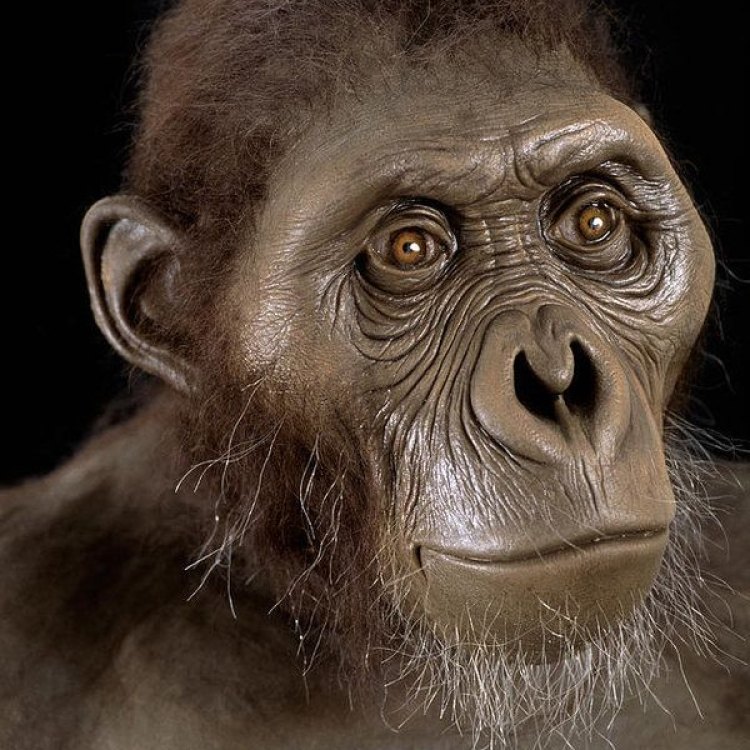
The Ancient Human: Exploring the Story of Australopithecus
Disclaimer: The content provided is for informational purposes only. We cannot guarantee the accuracy of the information on this page 100%. All information provided here may change without prior notice.

